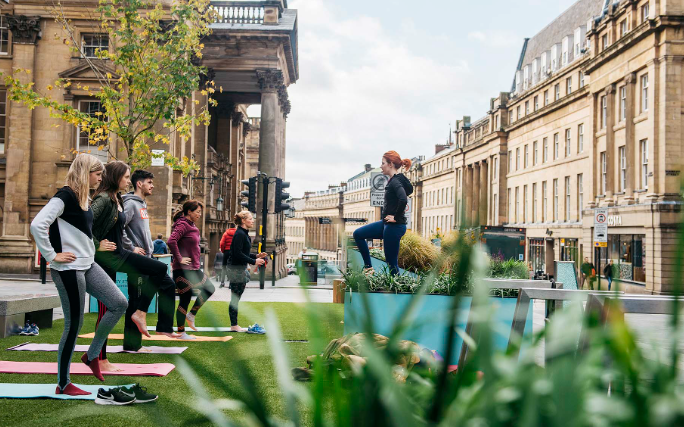The Importance of Colour in Landscape Architecture
In the world of landscape architecture, colour plays a crucial role in creating visually appealing and harmonious environments. Understanding how different colours interact with natural elements can enhance not only aesthetics but also the overall experience of outdoor spaces. By exploring the principles of colour theory and its application in landscape design, we can appreciate how these vibrant choices influence both mood and functionality.
Understanding Colour Theory
Colour theory is foundational for landscape architects. It involves the study of how colours relate to each other and their psychological effects on people. The colour wheel, a visual representation of colours organized by their relationships, is a key tool. Warm colours like red and orange can evoke feelings of warmth and energy, while cool colours like blue and green often create a sense of calm and relaxation. By selecting colours thoughtfully, landscape architects are able to guide emotional responses and enhance the atmosphere of spaces, whether it’s a bustling park or a tranquil garden.
The Role of Nature in Colour Choices
Incorporating natural elements into colour palettes is essential for landscape architects. Many opt for colours that mimic or complement the surrounding environment. For instance, earthy tones often blend seamlessly with soil and plants, while bright, vibrant colours can provide striking contrast against greenery. Seasonal changes also influence colour choices; vibrant blooms in spring can inspire designers to choose lively hues, while autumn offers a palette of rich reds and golds. This connection to nature not only enhances visual coherence but also respects the existing ecosystem, creating a more sustainable and aesthetically pleasing landscape.
Practical Applications of Colour in Landscape Design
Understanding colour application is vital for creating functional outdoor spaces. Landscape architects often use colour to highlight pathways, designate zones, or draw attention to focal points like sculptures or water features. For example, a bright path can guide visitors through a garden, while soft hues can create a serene seating area. Additionally, colour can help in planting strategies, where the right combinations lead to high-impact displays. Incorporating colour considerations into early design phases results in spaces that are not only beautiful but also enhance user experience and accessibility.
Conclusion
As we explore the role of colour in landscape architecture, it’s clear that it extends far beyond aesthetic appeal. By considering colour theory, natural surroundings, and practical applications, landscape architects can create spaces that evoke desired emotional responses and improve overall functionality. If you’re interested in learning more about how colour influences landscapes or want guidance on designing your outdoor spaces, consider reaching out to a professional landscape architect or exploring local resources. The vibrant world of colour awaits you!

